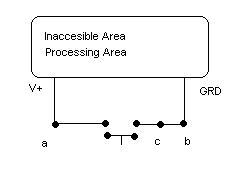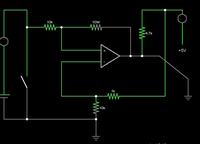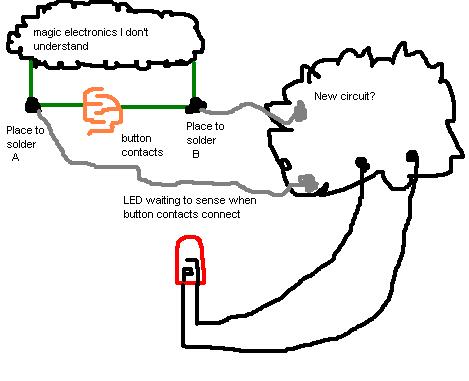srgrelic
Newbie level 5
max6816 arduino
Hey all,
Can you suggest a circuit that could electrically sense when a button on a keyboard is activated and the circuit is closed (basically when a key is struck)?
The button itself must remain fully functional, and I could cut the trace on one side of the buttons contacts if the solution must be done in series, but if the solution could be done in parallel I'd be very interested in that idea.
This would be 100% DC, and I may even feed the results to a microcontroller.
I can work that part out a little later, for now though, I'm stumped as to how I could "sense" a switch getting closed with components.
I've looked into optoisolators, but I fear that the voltage driving the led inside the optoisolator would be just enough to stop the keystroke from registering with the computer or whatever it's attached to.
Hey all,
Can you suggest a circuit that could electrically sense when a button on a keyboard is activated and the circuit is closed (basically when a key is struck)?
The button itself must remain fully functional, and I could cut the trace on one side of the buttons contacts if the solution must be done in series, but if the solution could be done in parallel I'd be very interested in that idea.
This would be 100% DC, and I may even feed the results to a microcontroller.
I can work that part out a little later, for now though, I'm stumped as to how I could "sense" a switch getting closed with components.
I've looked into optoisolators, but I fear that the voltage driving the led inside the optoisolator would be just enough to stop the keystroke from registering with the computer or whatever it's attached to.





